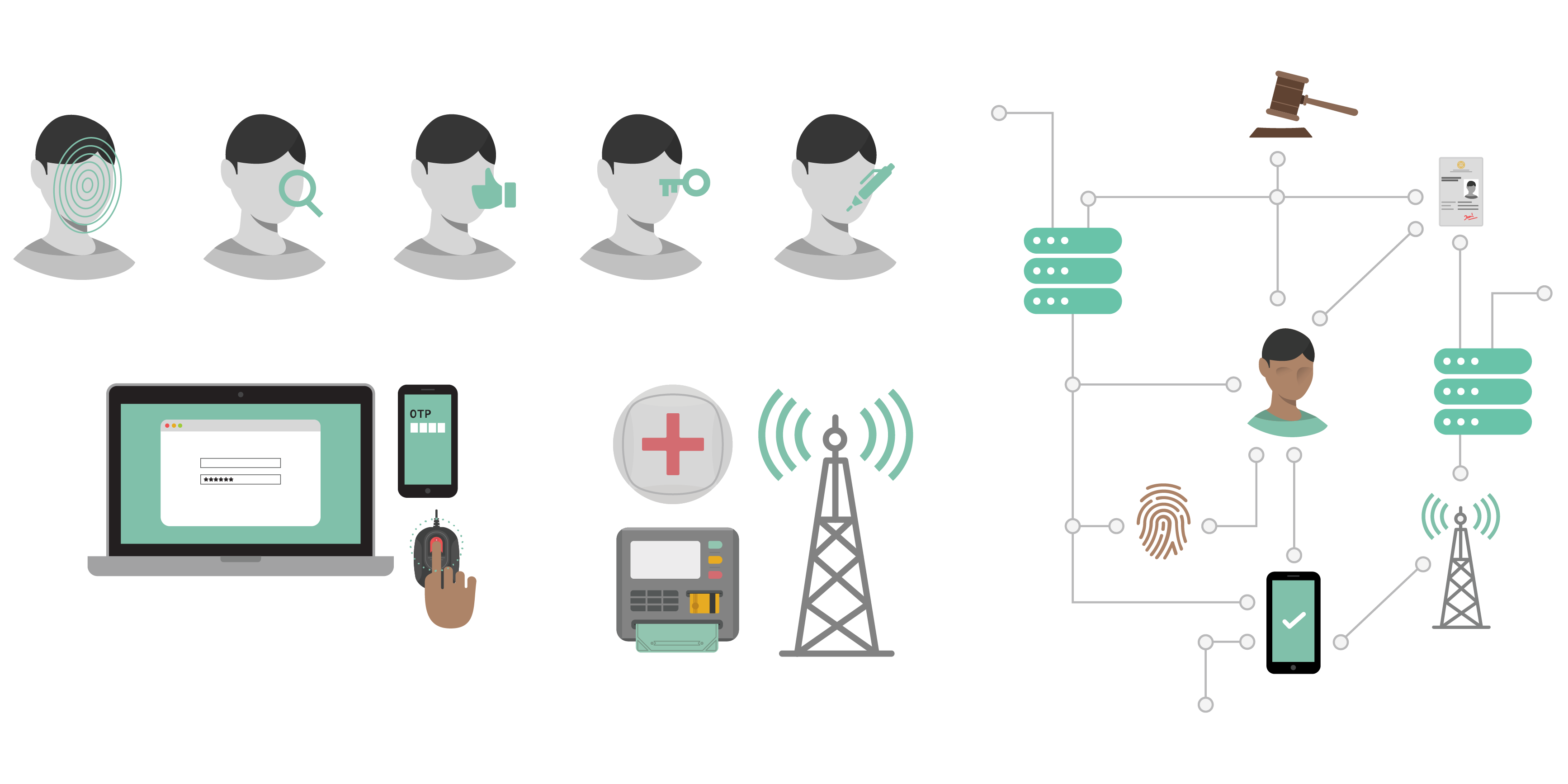
In today’s digital world, self-expression has become an art, a kind of tightrope walk. We no longer represent only ourselves in person, but also the avatars, profiles, and photographs we create online. Self-presentation on platforms, in chats, apps, and virtual spaces has become an integral part of our identity.
In a sense, online identity is liberating. We are free to choose how we appear, what we share, and how we interact. Research shows that people often reconstruct their identities online, sometimes slightly adjusting and sometimes radically changing their appearance depending on the situation or exploring their capabilities. We become our own curators, choosing the photos, texts, moods, and even hobbies we display.
But this is not simply self-expression in a vacuum. The digital ecosystem has its own rules, norms, and pressures. So-called “digital identity” is a complex concept. It is not simply a mirror of our real selves; it is a separate, sometimes overlapping, self, existing in its own right. And it gets tons of views and likes. Our identities are shaped by our audiences and the platforms we use and comment on. As a recent article notes, online identities on social media are formed through self-presentation, social comparison, role models, and online audiences.
So, what does this mean? While we enjoy creating our digital selves, we must remember that this identity construction has many consequences. It influences our emotions, our connections, and how others perceive us. And because our online behavior often leaves traces, the selves we create there become ingrained, altering our real-life behavior and potentially shaping future possibilities. Self-awareness is key to carefully considering this question. What am I trying to show? What am I hiding? And do I feel like myself behind the screen?
In the digital world, we are both artists and works of art. The identities we create online are real, so let’s give them the attention and care they deserve.

